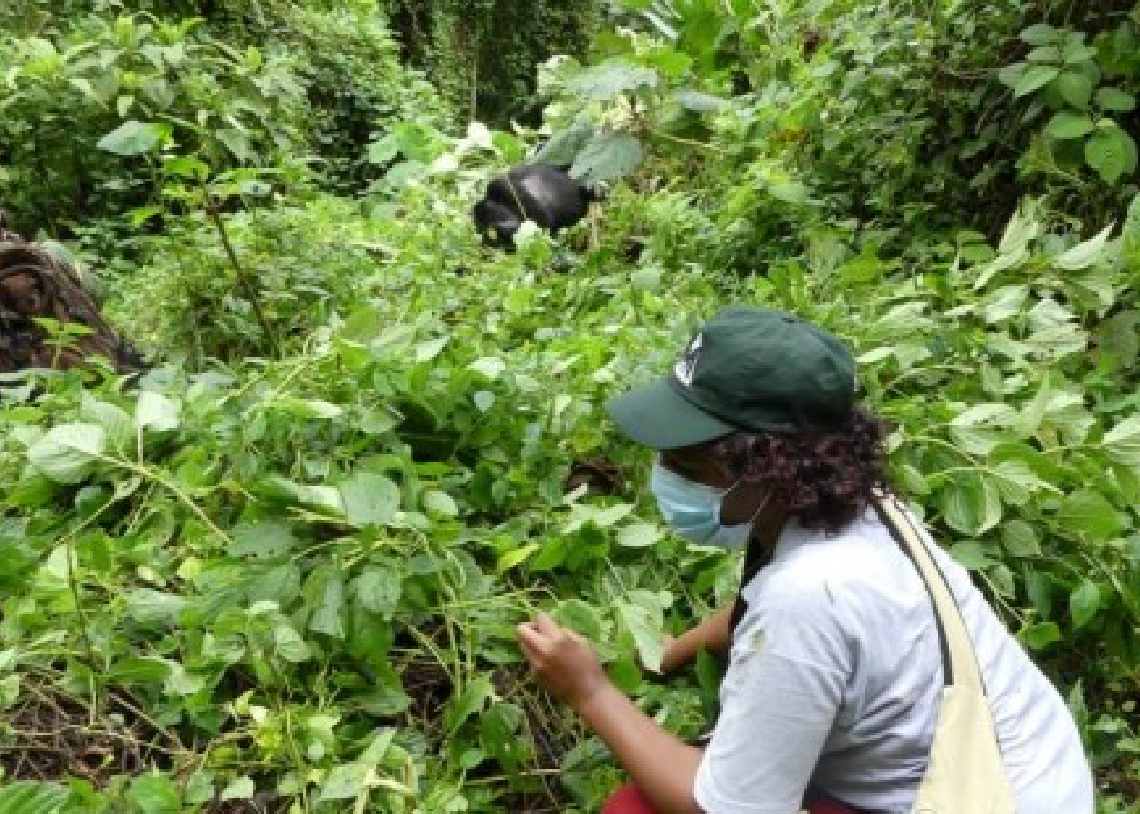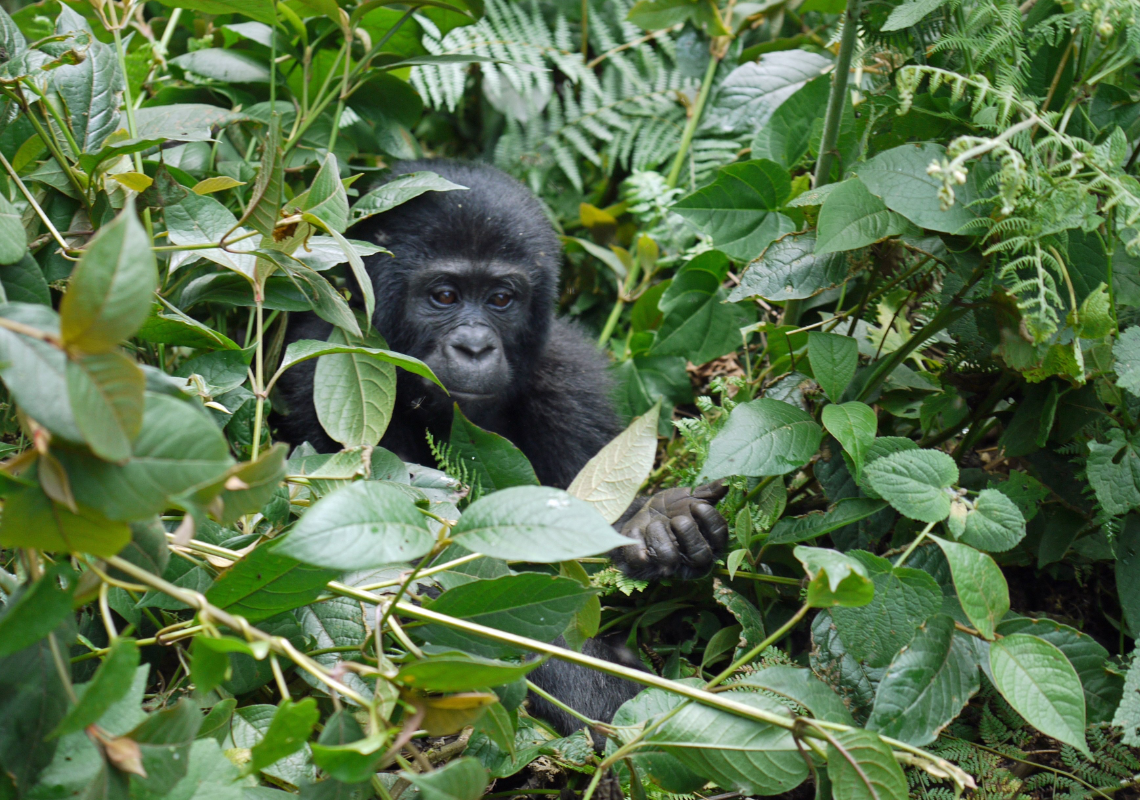Threats


Habitat Loss
The primary threat to mountain gorillas comes from forest clearance and degradation, as the region’s growing human population struggles to eke out a living. Conversion of land for agriculture and competition for limited natural resources such as firewood lead to varying degrees of deforestation. The only way to maintain gorilla habitat is to develop alternative economic activities that allow people to meet their daily needs, so that they see gorillas not as competitors, but as a means of improving their own situation.
Lorem ipsum dolor sit amet, consectetur adipiscing elit, sed do eiusmod tempor incididunt ut labore et dolore magna aliqua. Ut enim ad minim veniam, quis nostrud exercitation ullamco laboris nisiLorem ipsum dolor sit amet, consectetur adipiscing elit, sed do eiusmod tempor incididunt ut labore et dolore magna aliqua. Ut enim ad minim veniam, quis nostrud exercitation ullamco laboris nisiLorem ipsum dolor sit amet, consectetur adipiscing elit, sed do eiusmod tempor incididunt ut labore et dolore magna aliqua. Ut enim ad minim veniam,


Disease
Gorillas are closely related to humans with similar anatomical and physiological features. This makes them vulnerable to many of the same diseases. Because the gorillas have not developed the necessary immunities, first time exposure to an illness or virus that is relatively innocuous to humans may devastate an entire population. Gorillas live in small groups that may never recover from a sudden fall in numbers brought on by disease. Any human contact is potentially harmful, even life-threatening.
Tourists who visit the gorillas are instructed to keep their distance (7 meters), but conservationists, scientists, rangers, poachers, militia groups and local communities also pose threats. Some gorillas have already succumbed from common skin diseases like scabies and mange, or respiratory disease, which can quickly spread from group to group as families interact. Debris left behind in the park by refugees, poachers and the military routinely cleared in order to minimize the contamination risk to wildlife, and a health education programme is helping to combat the threat of disease.


Poaching
In the first two decades after their discovery, European and American scientists and trophy hunters killed over 50 mountain gorillas. To this day, poaching continues to jeopardize the gorillas’ survival. Poaching of mountain gorillas for food is extremely rare. It is now largely the result of unselective hunting with snares, which are set to catch antelope, bush pigs and other wildlife but occasionally kill or injure gorillas. In the ’60s and ’70s gorillas were poached for sale to foreigners as trophies and captive specimens. None survived in captivity. Recent events have shown that hunting of mountain gorillas in order to capture babies ‘commissioned’ by unscrupulous dealers remains.
Direct poaching of gorillas, either killing of gorillas or capture of infants for the live animal trade, remains a real threat, with unfortunate incidences of poaching occurring throughout the mountain gorilla range in 2002, 2004, 2007. And most recently in 2013 the case of an infant recovered outside of Virunga National Park, abandoned in a field with clear signs of being held captive. The infant, named Matabishi, was determined through a genetic test to be a mountain gorilla. Matabishi joined three other rescued mountain gorillas, orphans from a poaching in 2007 at the Senkwenkwe facility in Rumangabo under continuous care.
